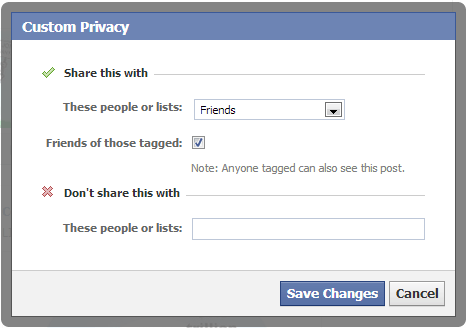Social Media is a popular topic in the business world right now, and we decided to join the conversation by participating in the Dallas Business Journal’s (DBJ) Social Madness competition! Part of the competition is daily, open voting for our company, Fidelis Companies, and the other part is posting relevant and engaging content that our followers and fans want to interact with.
We are currently in Round 1 and are sitting in the top 8. After this week, the final top 8 companies will move onto the next phase, one step closer to the finals.
What do we win, you ask? The winner of the Social Madness competition will have $10,000 donated in their name to the charity of their choice; our charity of choice is the Children’s Advocacy Center of Collin County.
How to participate:
1. Click on the following link to vote: http://www.bizjournals.com/dallas/socialmadness
2. If you do not already have a DBJ account, you will be prompted to create a login for the contest. As long as you access the voting link from the same browser and computer, your login information will be saved and you will be taken directly to the voting page.
3. Once username and password are created, the voting page will open.
4. Scroll through to find “Fidelis Companies” and click the green circular VOTE button to the left of our company name.
5. Once you vote, please share your vote with your social networks and encourage your friends and connections to vote for us and move Fidelis Companies into the Top 8!
6. You can vote once a day until voting closes for round 1 on June 17th.
Thanks in advance for voting for us and we look forward to sharing more with you!

























